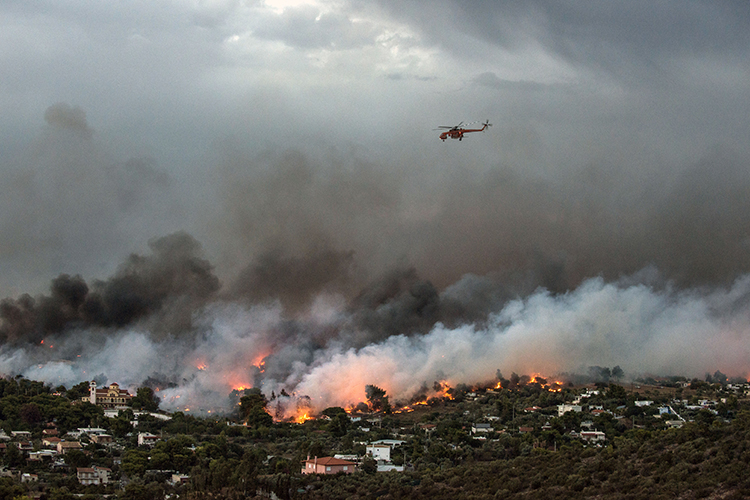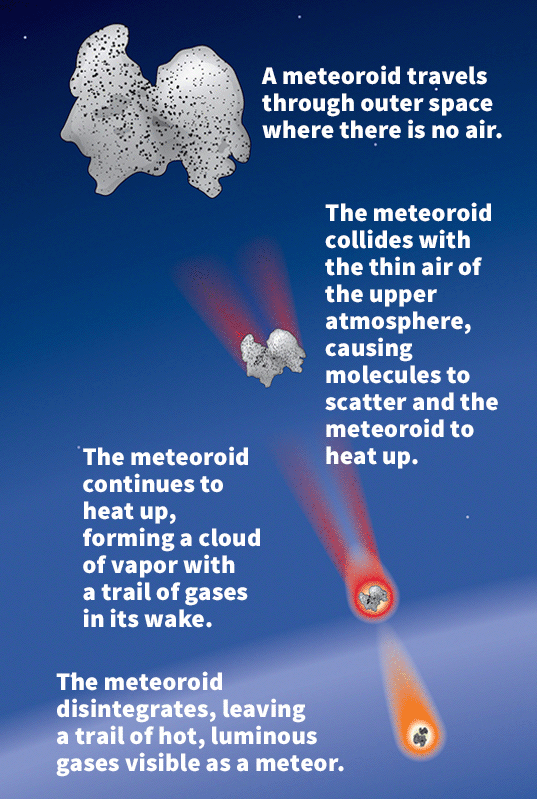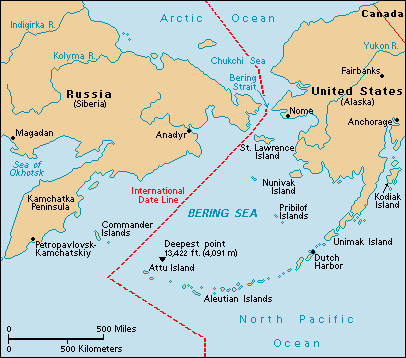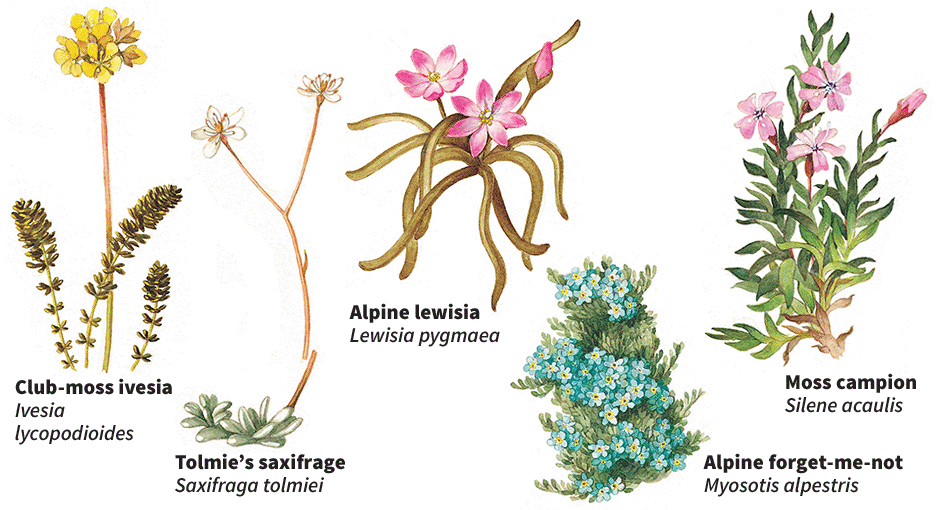The Burning Summer
Friday, August 3rd, 2018August 3, 2018
For many people in the Northern Hemisphere, the summer of 2018 has been touched by fire and obscured by smoke. Summers are typically fire seasons in many areas, but climate change has caused hotter and drier conditions in recent years, and wildfire outbreaks have become more frequent and more destructive. Other causes of increased fire activity include the building of more developments in fire-prone areas, a lack of proper forest management, and, of course, simple human carelessness. In the past weeks, fires have killed more than 100 people and destroyed homes and large swaths of land in Asia, Europe, and North America.

A firefighting helicopter flies over a wildfire in the Greek town of Rafina near Athens on July 23, 2018. The Greek wildfire was the deadliest yet this year, claiming the lives of 92 people. Credit: © Angelos Tzortzinis, AFP/Getty Images
In southeastern Greece, a wildfire erupted July 23, destroying or damaging some 3,500 structures and killing 96 people along the Attica coast. The giant wildfire, just 18 miles (30 kilometers) east of Athens, the Greek capital, burned out of control for several days, gutting seaside resorts and holiday homes. Fanned by high winds, the fast-moving blaze trapped and killed groups of people, including entire families as they huddled between the flames and steep cliffs overlooking the Aegean Sea. The high death toll prompted criticism of the the area’s lack of access roads, warning systems, and other civil protection measures in areas surrounded by forest and at high risk of wildfires.
In far northern Europe, dozens of wildfires have consumed more than 62,000 acres (25,000 hectares) this summer in Sweden, which is experiencing an abnormally lengthy and intense heat wave. Neighboring Finland and Norway are also suffering from unusual heat and wildfire outbreaks, as are Estonia, Latvia, and Lithuania on the other side of the Baltic Sea. Wildfires also torched drought-stricken areas of Germany, the Netherlands, and Poland.
This week in northern California, firefighters continued to battle the Carr Fire that has killed 8 people, destroyed over 1,500 buildings, and consumed some 125,000 acres (50,000 hectares) of land. The wildfire started on July 23 along Carr Powerhouse Road in Shasta County near the city of Redding. The “mechanical failure of a vehicle” ignited dried grasses and trees, and soon flames were roaring through the forested hills around Whiskeytown Lake west of Redding. The wildfire, aided by hot and dry weather, high winds, an abundance of natural fuel, and steep terrain, has since been chased westward by more than 4,200 firefighters—2 of whom have died fighting the blaze. Reports of “firenados” (huge, rotating whorls of smoke, flame, and ash) encouraged nearly 40,000 people to obey evacuation orders and leave the fire area (which included parts of nearby Trinity County). Many people will return to find their homes and property in ashes.
The Carr Fire is the largest of 17 wildfires currently burning throughout the state of California. Collectively, wildfires in the western United States have scorched 4.6 million acres (1.86 million hectares) so far this year, a 24 percent increase over the annual average for the past decade. Wildfires have also stricken large areas of western Canada and parts of Mexico this summer.
Wildfires have also consumed vast amounts of territory in Siberia of eastern Russia. Since May, firefighters have been battling immense wildfires in the Amur Oblast region along the Chinese border, where towering pyrocumulus clouds have injected smoke and pollutants high into Earth’s atmosphere. Pyrocumulus clouds are formed by rising heat from wildfires or by plume emissions from fossil fuel-burning industrial plants, and they sharply increase the levels of carbon dioxide and harmful aerosols in the atmosphere.






